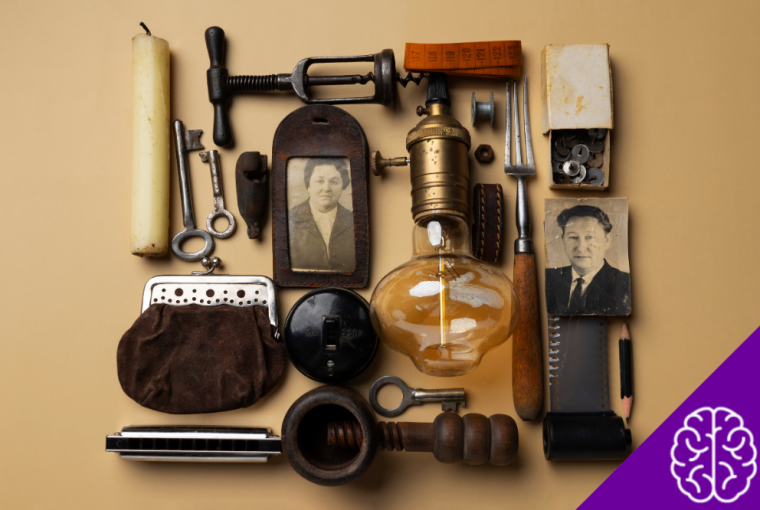What seems odd or unthinkable today might have been part of everyday life just a few decades ago. Society evolves, norms shift, and what’s customary in one era may become obsolete or strange in the next. From questionable health remedies to unusual beauty standards, history is full of practices that make us grateful for modern progress.
This blog explores ten bizarre things that were entirely “normal” not too long ago. By the end of it, you’ll have a new appreciation for the advancements of our time!
1. Smoking on Planes
Imagine you’re boarding a flight in the 1960s. Passengers light cigarettes mid-flight, and the cabin fills with smoke. Until the late 20th century, smoking was allowed on planes despite health risks to passengers and crew. The air quality was terrible, yet this was the norm. Only in the 1990s did strict bans start appearing globally.
Why It Happened
At the time, smoking was widely accepted (and marketed as glamorous). Air filters were rudimentary, and health concerns about second-hand smoke weren’t well understood.
Why It Changed
Heightened awareness of the dangers of smoking and increasing dissatisfaction among non-smoking passengers led to global bans.
2. Lead in Paint and Gasoline
Up until the 1970s, lead was a common component in household paint and gasoline. People unknowingly exposed themselves to toxic fumes or painted their homes with lead-based paint, unaware of the damaging long-term health effects, particularly for kids.
Why It Happened
Lead had excellent industrial properties like durability in paint and anti-knock qualities for engines. The dangers weren’t initially obvious or widely studied.
Why It Changed
Studies revealed lead’s toxicity and its link to developmental issues in children, prompting governments to outlaw its use in the 1980s.
3. Curing Illnesses with Mercury
Going back even further, mercury was once a popular “medicine” used to treat everything from syphilis to colds. Physicians prescribed and administered this toxic liquid metal without understanding its deadly side effects.
Why It Happened
At the time, modern medicine wasn’t developed. Mercury was considered effective because it produced immediate effects on the body—it just so happened that those effects were harmful rather than healing.
Why It Changed
Medicine evolved, and better, evidence-based treatments replaced dangerous substances like mercury.
4. Children as Factory Workers
During the Industrial Revolution in the 18th and 19th centuries, child labor was rampant. Kids as young as six worked grueling hours in factories under dangerous conditions. This exploitative practice was considered normal in the pursuit of productivity.
Why It Happened
Factories needed cheap labor, and children were seen as an abundant, pliable workforce. At the time, there were few labor laws protecting workers of any age.
Why It Changed
Growing activism, labor reforms, and a moral shift led to child labor laws, ensuring education and safety for young people.
5. Radium in Everyday Products
Radium, discovered in the late 19th century, quickly became a trendy addition to cosmetics, toothpaste, and even drinkable tonics. Companies boasted about radium’s “energizing” properties, making it highly sought after—despite its radioactive danger.
Why It Happened
The hazards of radiation exposure weren’t fully understood at the time. Instead, radium was seen as innovative and alluring.
Why It Changed
It became clear that exposure to radium led to serious illnesses such as radiation poisoning and cancer. Regulations eventually banned its use in consumer products.
6. Open-Air Sewer Systems
Living near a river or waterway seems idyllic now, but in the 19th century, these often doubled as open-air sewers in urban areas. Waste flowed untreated through major cities, leading to frequent cholera outbreaks.
Why It Happened
At the time, there were no modern plumbing systems or sewage treatment facilities. The understanding of sanitation and public health was rudimentary.
Why It Changed
The link between sanitation and health led to modern sewer systems, drastically improving hygiene and reducing the spread of disease.
7. Beauty Standards that Included Corsets
For centuries, women wore tightly laced corsets that reshaped their bodies to fit an idealized silhouette. While corsets were a fashion staple, they often caused discomfort, difficulty breathing, and, in extreme cases, internal organ damage.
Why It Happened
Corsets reflected societal beauty standards that valued extreme hourglass figures. They were also considered a mark of elegance and social status.
Why It Changed
The women’s liberation movement and shifting fashion trends moved toward more practical, body-positive clothing.
8. Doctors Recommending Cigarettes
Yes, you read that right. Not too long ago, advertisements showed doctors endorsing cigarette brands. Physicians were even paid to appear in ads claiming XYZ cigarettes were less harsh on the throat.
Why It Happened
Tobacco companies had little regulation and lots of marketing dollars. The health risks of smoking weren’t widely known—or were ignored—in society.
Why It Changed
Eventually, scientific research irrefutably linked smoking to lung cancer and other ailments, leading to hard-hitting public health campaigns and stricter industry oversight.
9. Dangerous Children’s Toys
Think of lawn darts—sharp, metal-tipped projectiles marketed as family fun. Until the late 1980s, such hazardous toys were mainstream, with few safety standards in place to prevent injuries.
Why It Happened
Back then, safety testing for toys was minimal, and consumer protection laws were in their infancy.
Why It Changed
Rising reports of injuries prompted regulatory changes, shifting the focus to developing safer toys for children.
10. Traveling Without Seat Belts
Before the 1980s, seat belts were either optional or nonexistent. Families packed into cars without considering safety gear, making accidents far more dangerous.
Why It Happened
Safety technologies in the auto industry weren’t as advanced, and people didn’t fully grasp how effective seat belts were in saving lives.
Why It Changed
Studies and crash data prompted governments worldwide to mandate seat belts, drastically reducing traffic fatalities.
From Bizarre Norms to Modern Sense!
History teaches us valuable lessons about how far we’ve come—and how far we still have to go. Each of these “normal” practices reminds us of human adaptability and progress. What seems ordinary today might be baffling a few decades down the road.
If you want to explore more fascinating historical insights or stay updated on similar topics, be sure to bookmark our blog and subscribe to our newsletter!


